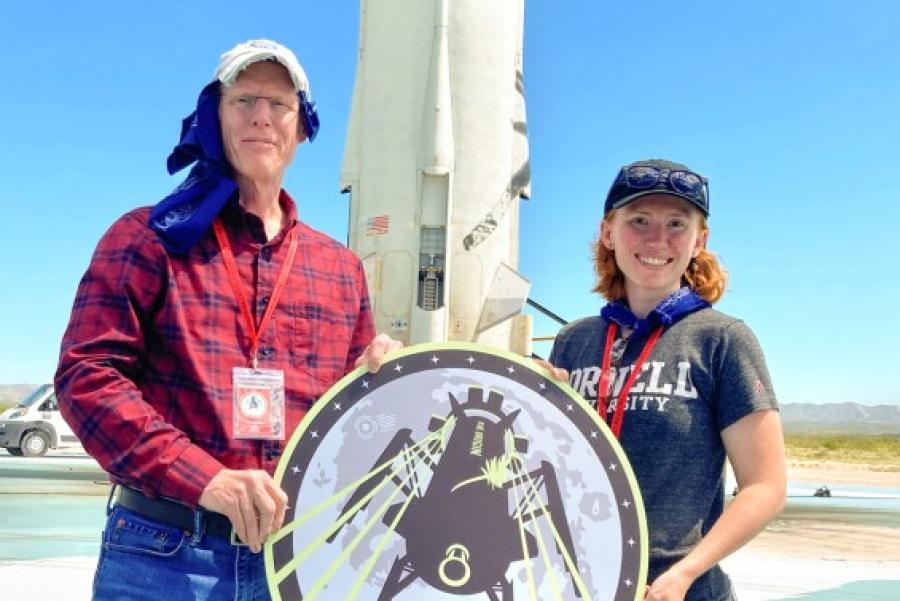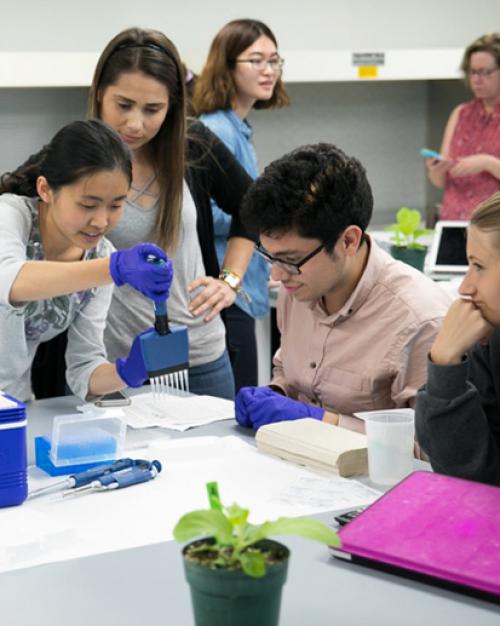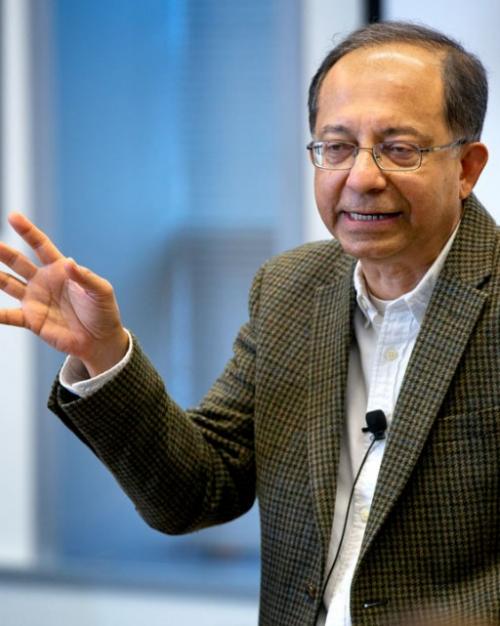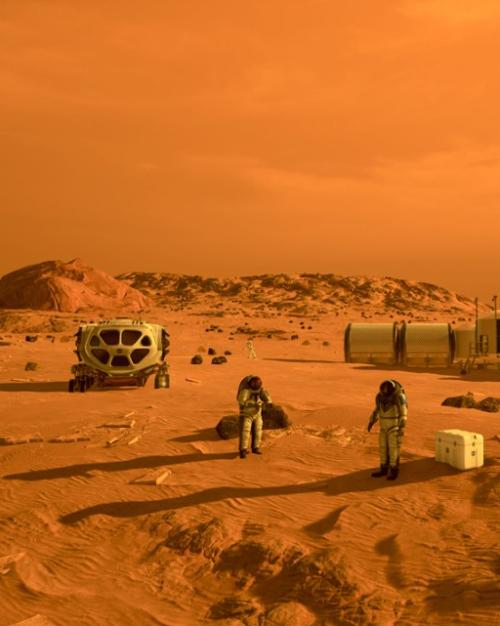Can humans endure long-term living in deep space?
The answer is a lukewarm maybe, according to a new theory describing the complexity of maintaining gravity and oxygen, obtaining water, developing agriculture and handling waste far from Earth, which a Cornell researcher developed after examining the long-term physical needs of humans living far from Earth.
Dubbed the Pancosmorio theory – a word coined to mean “all world limit” – it was described in “Pancosmorio (World Limit) Theory of the Sustainability of Human Migration and Settlement in Space,” published in March in Frontiers in Astronomy and Space Sciences.
“For humans to sustain themselves and all of their technology, infrastructure and society in space, they need a self-restoring, Earth-like, natural ecosystem to back them up,” said co-author Morgan Irons, a doctoral student conducting research with Johannes Lehmann, the Liberty Hyde Bailey Professor in the School of Integrative Plant Science, College of Agriculture and Life Sciences. Her work focuses on soil organic carbon persistence under Earth’s gravity and varying gravity conditions. “Without these kinds of systems, the mission fails.”
The first key is gravity, which Earth life needs to function properly, said co-author Lee Irons, Morgan Irons’ father and executive director of the Norfolk Institute, a group that aims to solve problems of human resilience on Earth and in space.
“Gravity induces a gradient in the fluid pressure within the body of the living thing to which the autonomic functions of the life form are attuned,” he said. “An example of gravity imbalance would be the negative affect on the eyesight of humans in Earth orbit, where they don’t experience the weight necessary to induce the pressure gradient.”
Previously, the father-daughter team created the idea of a terraform sustainability assessment framework. ”Until now, there were no hard numbers for equations to quantifiably establish something is sustainable,” Morgan Irons said.
Through physics, ecological thermodynamics and abductive reasoning, the Irons are suggesting to recreate the same evolutionary, ecological networks that makes Earth successful.
Morgan Irons said that it would be unwise to spend billions of dollars to set up a space settlement only to see it fail, because even with all other the systems in place, you need gravity.
Humans and all Earth life have evolved within the context of 1G of gravity. “Our bodies, our natural ecosystems, all the energy movement and the way we utilize energy is all fundamentally based upon 1G of gravity being present,” she said. “There is just no other place in space where there is 1G of gravity; that just doesn’t exist anywhere else in our solar system. That’s one of the first problems we must solve.”
Oxygen is another key factor. Earth’s ecosystem generates oxygen for humans and other life forms. If a technologically advanced primary and a back-up system failed to provide oxygen for the moon base, for example, it would mean instant doom for the astronauts. “A reserve exists everywhere in Earth’s nature,” Lee Irons said. “Think of the hundreds of thousands of species of plants that generate oxygen. That’s the kind of system reserve we need to replicate to be truly sustainable.”
Such an ecological system of an outpost would need an enormous amount energy from the sun. The more distant planets and moons from the sun in our own solar system get decreased amounts of energy.
“You’ll need a lot of energy,” Lee Irons said. “Otherwise powering the ecological system of an outpost will be like trying to run your car on a cell phone battery or probably even worse, trying to run your entire house and household on a cell phone battery.”
Morgan Irons’ research is funded by the National Science Foundation. She is a graduate research fellow at the Cornell Atkinson Center for Sustainability and a fellow at Cornell’s Carl Sagan Institute, in the College of Arts and Sciences.
Read the story in the Cornell Chronicle.





